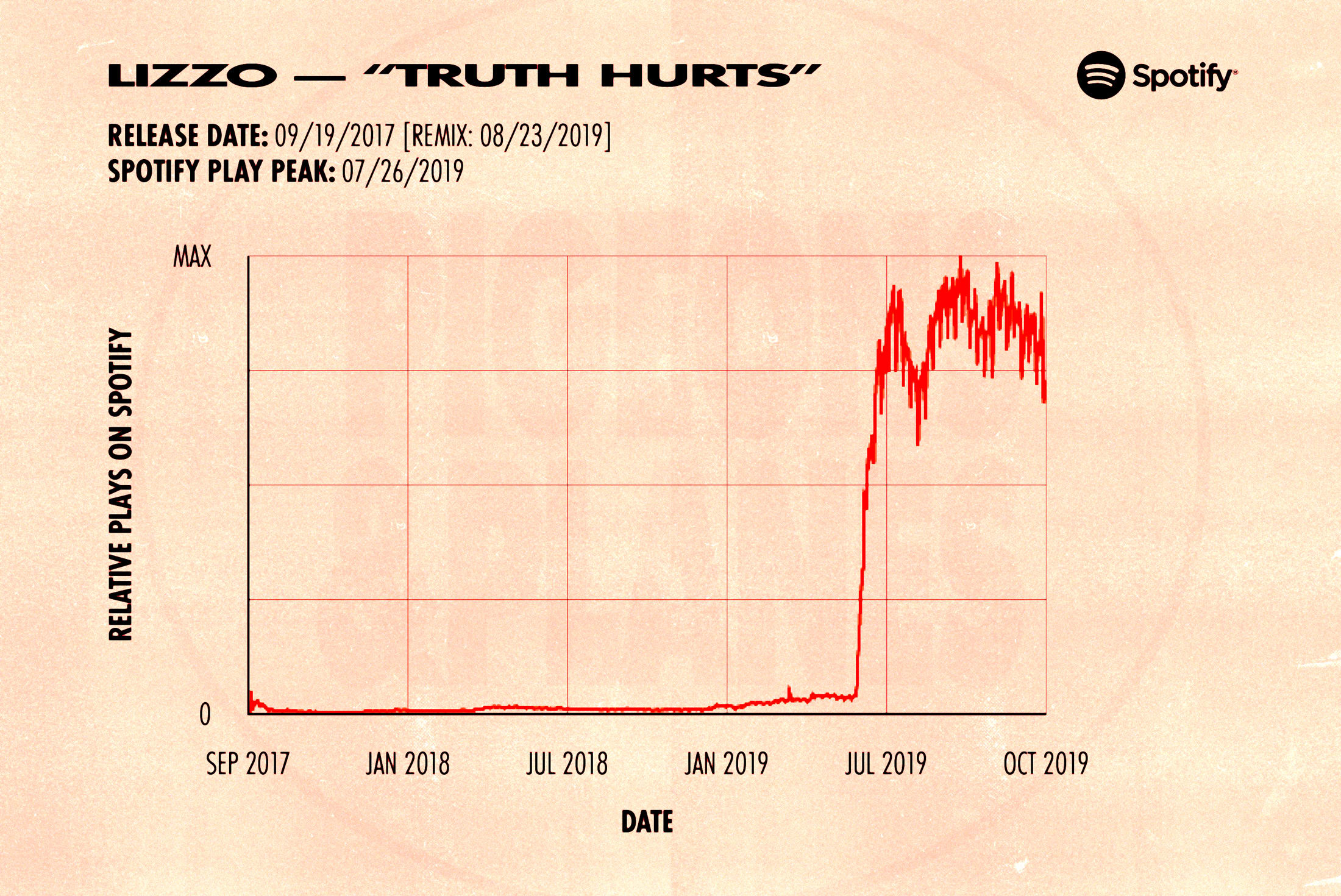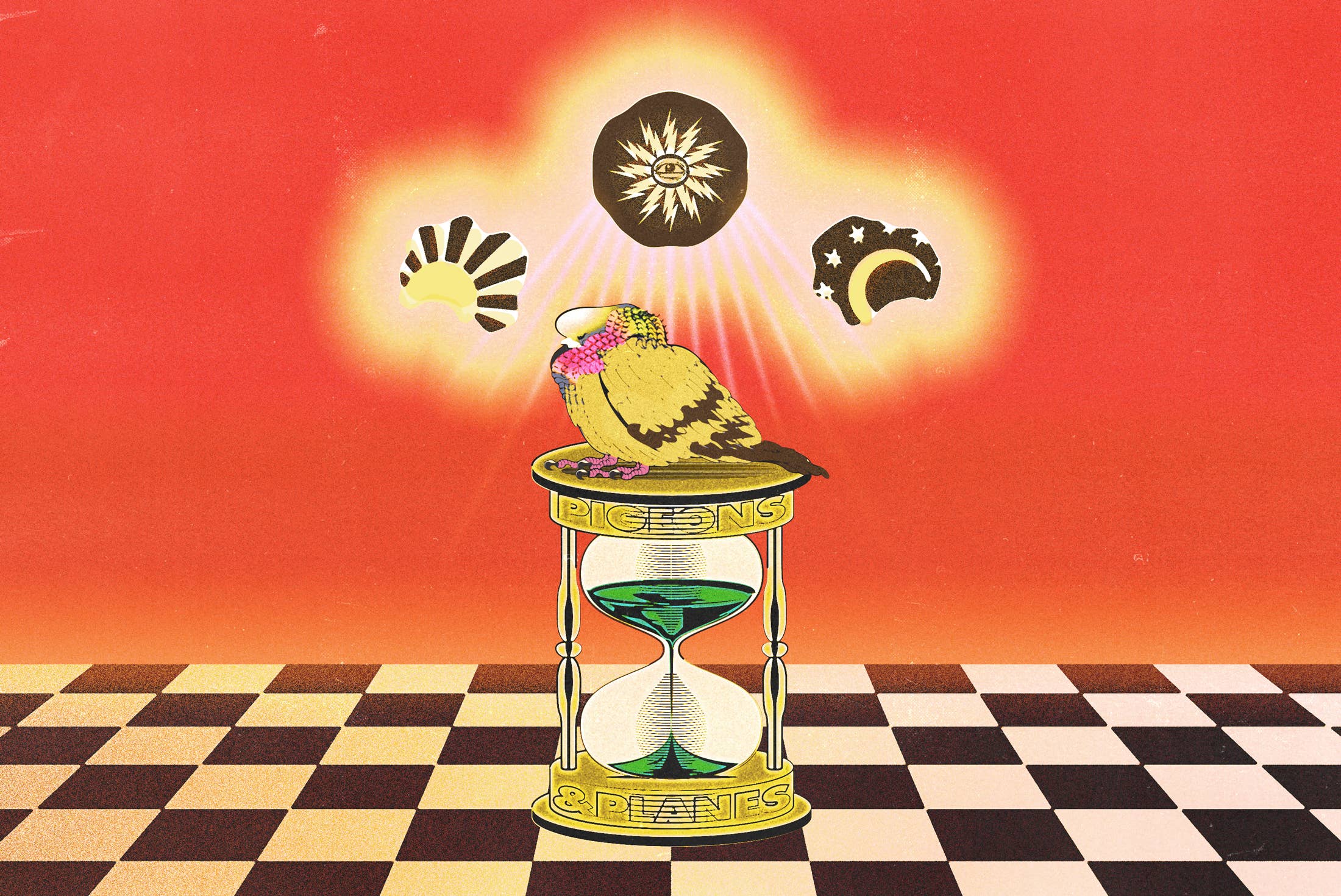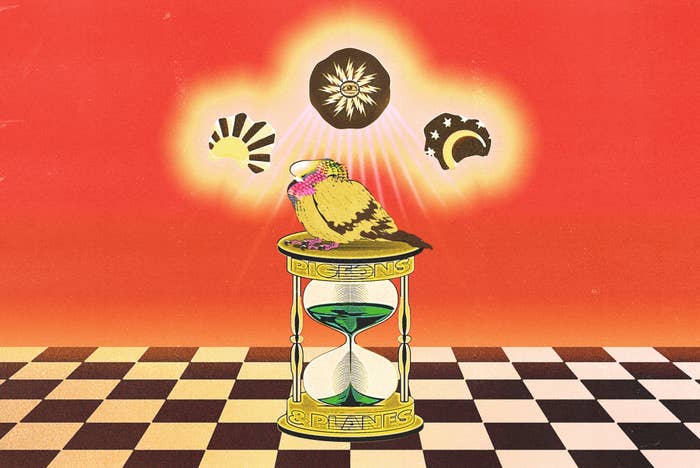
By now you’ve heard the statistics and felt the effects of the streaming era for yourself. Almost 40,000 songs are added to Spotify every day, and entire albums from high-profile artists quickly find their way onto the Hot 100 upon release. But despite the deluge of new music in the digital era, we’ve actually seen plenty of older records work their way up the charts in the months (and years) after their initial release.
“The vast majority of songs, 99 percent of them, are new to more people than they are not, whether they came out last Friday or a year ago,” says John Fleckenstesin, co-president of RCA Records. “It’s a matter of what kind of context and drivers can you put around something to get somebody’s attention that day that is going to be compelling.”
While the path to success can seem formulaic right now, it’s a lot easier to say “make something go viral” than it is to engineer organic virality, and while the term “Spotify-core” has been coined to describe a certain kind of genre-mush pop, making music with the sole purpose of reaching playlists is an uncertain gamble.
“Spotify is a black box. You can’t make music hoping to get on playlists. If that’s your only plan then 99 percent of the time you’re going to be ass out,” says Clayton Blaha, a music industry veteran and manager of Matt Maeson, whose 2016 song “Cringe” peaked at No. 1 on the Billboard Alternative Chart this August.
To examine the many ways a song can find itself peaking long after its release, we explore the data and the stories behind the success of five recent slow-burning hits that all succeeded in different ways.
Doja Cat - "Juicy"

Doja Cat’s “Juicy,” which has peaked at No. 83 on the Hot 100, proves the power of a well-timed remix. Originally released sans Tyga on her 2018 debut album Amala, the song’s remix, featuring the Compton rapper became a late summer hit. John Fleckenstein of RCA says that one of the main indicators of its success was that the song slowly built momentum on its own before the remix was released or the label put a ton of infrastructural weight behind it.
“The actual volume of streams was on the incline, whereas the vast majority of things that come out start at their peak and decline over time,” he says. “The exceptions are things that are discovery, which is what Doja certainly was.”
Once they began promoting “Juicy” as a single, Doja and her team put an emphasis on her natural charisma and ease in front of the camera; they emphasized both performance clips and video interviews about the track. Her appearance on the vaunted Berlin-based COLORS live performance video series debuted on March 25 and has racked up over 14 million views, while her explanation of the song on the Genius series Verified has over 2.3 million views since October 2.
“With Doja, the question is how do we get her in front of a camera in front of potential fans because she’s going to win,” Fleckenstein says. “For us, when you have someone as compelling as Doja, you really don’t go wrong putting them out in front of an audience. The world today is more of an access economy vs. a sales economy. As a record company or an artist, your interest is to put the piece of art out and get someone to listen to it not just once, but as many times as possible for as long as possible.”
While “Juicy” itself didn’t go viral, its success was certainly aided by the internet’s interest in Doja’s oddball hit “Mooo!” which she posted on August 10, 2018. It showcased her sense of humor and helped set her apart in the sea of aspiring R&B/hip-hop stars. It’s apparent watching her interviews and public persona post-”Mooo!” that she’s found a niche for herself.
Although it’s clear that “Mooo!” helped raise Doja’s public profile and had a ripple effect that aided the success of “Juicy,” Fleckenstein says that based on his info and perspective, the latter likely would have found a wide audience on its own. “I think it’s good enough that it would have had some level of success [without ‘Mooo!’], I really do.” he says. “Whether it would have taken the path it would have taken, I don’t know. It’s hard to project.”

Post Malone - "White Iverson"

So much of modern pop has been remade in Post Malone’s image in the wake of the Texas artist’s rise to superstardom that it’s hard to remember when his sound felt paradigm-shifting. But at the end of Summer 2015 he emerged as a braids-and-grills rocking curio, linking the end of the blog era with the rise of streaming and playlists.
His rise was truly out of nowhere, as “White Iverson” was the first song the then 19-year-old singer released as Post Malone. It was praised by publications and instantly became a hot topic on Twitter, spurring discussions about topics from singing in hip-hop to cultural appropriation.
While Post’s relationship with the rap community has been frequently tense, the success of “White Iverson” would not have happened without the support of A-list MCs. Post himself recognized early acknowledgments from Wiz Khalifa and Mac Miller as being instrumental in the song’s popularity, though it did take some time for the track to jump from online buzz to a mainstream hit. But those early endorsements were crucial, as noted by FKi 1st, who co-wrote the song and is often credited with discovering Post.
“People showing love is the greatest boost ever,” says the producer, who is now focusing on a solo career with his project Tokyo. “You can’t fail when people show love.”
“White Iverson,” with its woozy, unorthodox sound (especially for 2015), lent itself to being remixed, both by electronic producers like Y2K and by rappers including Lil Wayne and Montana of 300. These freestyles typically saw the new artist mimicking Post’s unique cadence. There was also an official remix featuring French Montana and Rae Sremmurd that came out in late 2015 as the song was dominating radio.
Though playlisting wasn’t as central to a new artist’s success then as it is today, the track’s warm, melodic sound gave it a natural crossover appeal. It went on to peak at No. 14 on the Hot 100 in January 2016 and although Spotify daily plays peaked that same month, when Post Malone's debut album Stoney was released in December 2016, plays increased dramatically once again. Ultimately, "White Iverson" would end up being certified quintuple platinum in December 2017.
It’s also impossible to talk about the rise of “White Iverson” without acknowledging the role of race. White artists in the rap space often draw listeners by sheer curiosity, and Post was more easily able to straddle the line between rapper and singer/pop artist than many black musicians at the time, due to long-standing industry biases.
For better or worse, Post Malone is a largely unprecedented figure in pop music, so it’s fitting that his first song took a winding, circuitous route to the mainstream.
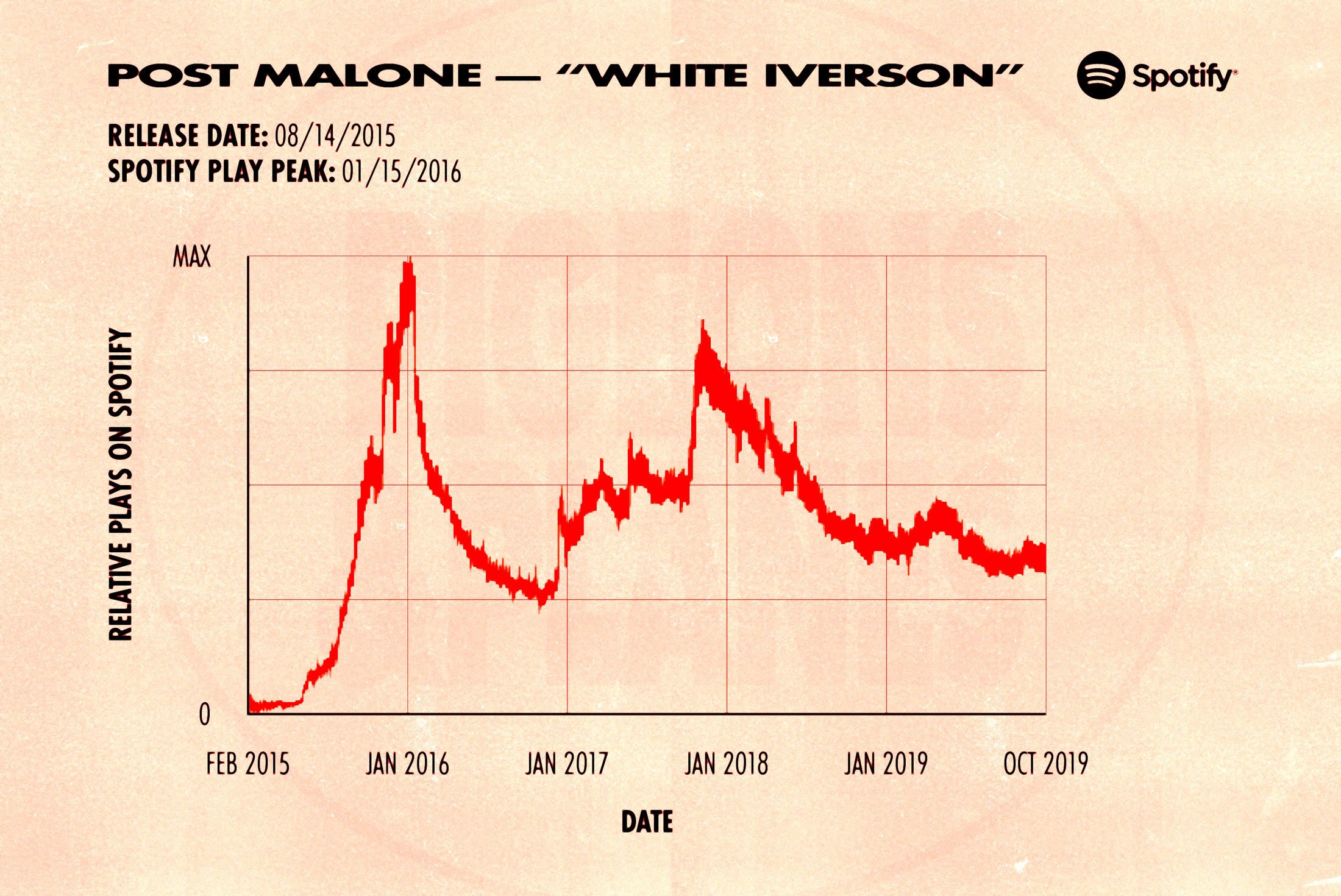
Juice WRLD - "Lucid Dreams"

[Editor's note: This feature was written before Juice WRLD's tragic and untimely passing. RIP Juice.]
Originally released on the free SoundCloud EP 9 9 9, “Lucid Dreams” briefly lived in the shadow of “All Girls Are the Same” before it became Juice WRLD’s defining hit. Though similarly angst-ridden songs like Lil Uzi Vert’s “XO Tour Llif3” and Post Malone’s “I Fall Apart” had succeeded on the Hot 100, none of them reached the stratospheric heights of Juice’s bitter tale of lost love, which came came close to topping the chart in Summer 2018.
“I had no idea it would be a song that blew up. There were certain songs I wrote where I thought, ‘This one is maybe gonna be a hit,’ but that was one of the one where...I didn’t think it was gonna be it,” he told Genius in July 2018.
The timing of the song’s arc also mirrors the trajectory of the emo rap subgenre. It was released in 2017, the most prolific year for the scene when artists like Lil Peep, XXXTentacion, and Trippie Redd were earning massive fanbases for acidic, heartbroken music, but peaked in 2018 when that music spilled over into the mainstream.
Along with several of Juice’s early SoundCloud hits, “Lucid Dreams” was packaged into Goodbye & Good Riddance, his major label debut album from May 2018. The track experienced a clear uptick in Spotify streams in the wake of the record’s release, a strategy that has boosted recent songs by breakout acts like Lizzo and DaBaby. As has been the case with many new rapper, the ascent of “Lucid Dreams” was aided by a Cole Bennett-directed music video, which dropped on May 10, 2018 and has accrued over 390 million plays to date.
“Lucid Dreams” has continued to stay in the news, first for the revelation that Sting has allegedly taken 85% of the profits due to an unauthorized interpolation, as well as a recent lawsuit filed by Yellowcard over similarities to a track of theirs. But while it hasn’t proven as lucrative as Juice likely hoped, it helped make him a crossover sensation whose 2019 album Death Race for Love debuted at No. 1 on the Billboard 200.
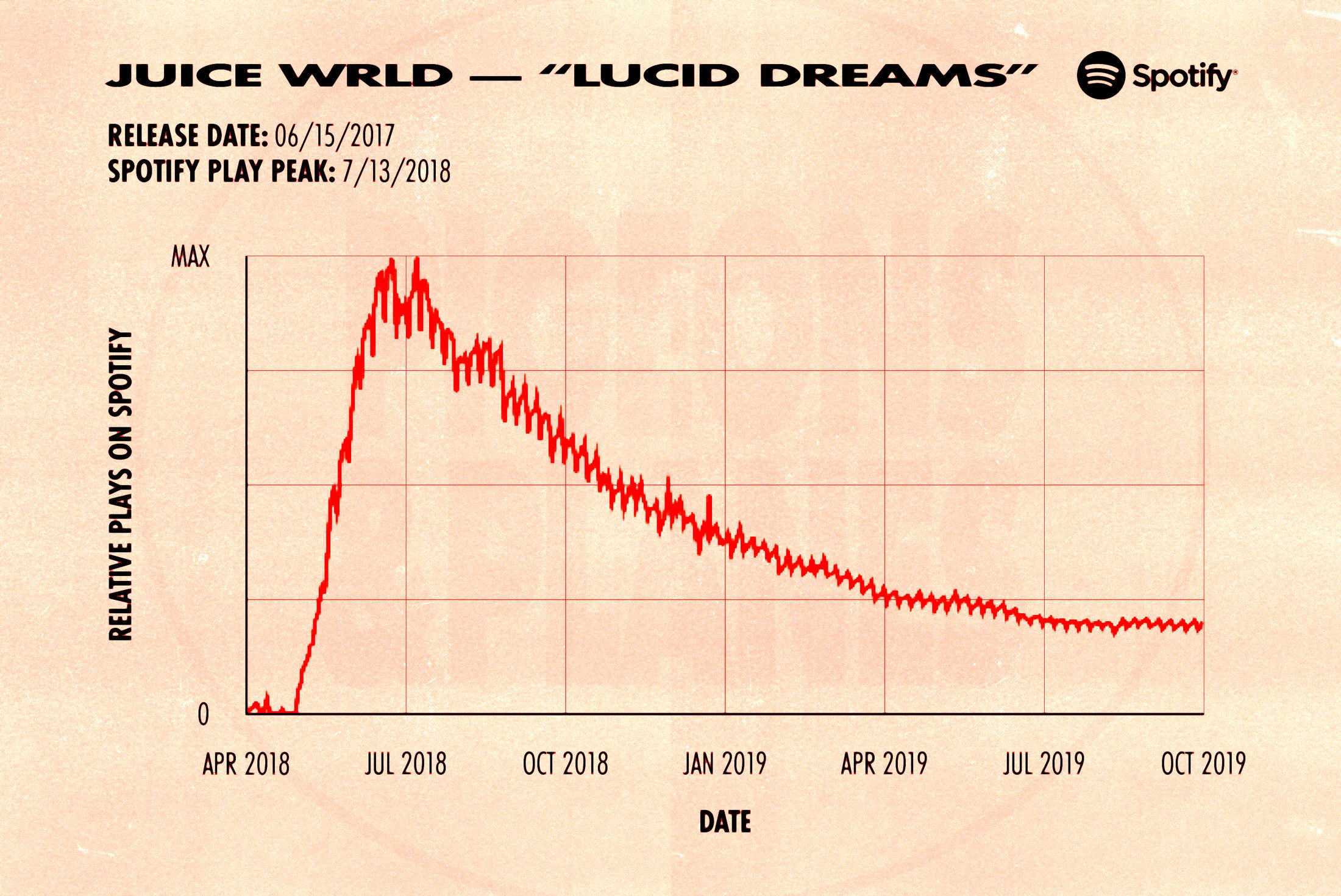
Matt Maeson - "Cringe"

Unlike most of the songs on this list, “Cringe” took a more traditional (and grueling) path to the top of the charts. It didn’t receive a major sync placement or earn a boost on the back of a viral craze. Instead, once Maeson pitched the song as a possible single, he and his team worked the song relentlessly through radio. “Everyone felt very strongly about it,” says Blaha. "It takes a lot of hard work on behalf of a very large team of extremely passionate and dedicated people."
Initially, they targeted Triple A (Adult Alternative Songs), a format that has historically been dominated by artists like Coldplay and Jack Johnson. Making an impression required Maeson doing uncompensated in-station performances for the programmers, industry veterans who aren’t exactly big on giving affirming feedback.
“I did a two-month tour where I would show up at this station in like, Eerie, PA, and playing this song for the 30 people that run the radio station,” Maeson recalls. “Then, I’d drive to the next place, get up at 5 a.m. [for another performance], drive 10 hours to this next place, and do it again. None of it paid, it was exhausting.”
While Maeson was traveling the country pushing the original version of “Cringe” to anyone who would listen, he and his manager, Clayton Blaha, were also being strategic about releasing new takes on it. In addition to electronic remixes, they also released stripped back versions of the songs, which Maeson says are closer to the way he writes. These barebones takes feature Maeson’s powerhouse vocals accompanied solely by a guitar or piano, depending on which was involved in the songwriting process.
“We put out one and saw how insane that did, so it was like, ‘People like this, some even prefer this version to the others or vice versa,’” Maeson says. “It’s good to give people options, and I’m able to push the songs twice as much because of that.”
“Cringe” is the rare slow-burn hit that wasn’t greatly aided by streaming. According to his manager, Maeson doesn’t regularly get the kind of high-profile playlist placements that lead to a high rate of discovery. “While the song was growing on streaming and doing really well, we weren’t getting a lot of editorial playlists. We still don’t; Matt is not a playlist darling,” Blaha says. “Almost all of our streams—on Spotify at least—come from personal playlists and data-driven radio recommendations.”
That reality was part of what motivated both the radio push and the decision to release remixed and acoustic versions. While Maeson has typically been viewed as an alternative artist, “Cringe” became a career-making hit because it was able to capture listeners outside of Maeson’s core audience. Blaha says that while listeners today are frequently touted as more open-minded, that can sometimes be overblown.
“Audiences are so segmented by playlisting right now, that while everybody says they’re genre agnostic and listen to everything, they probably don’t. You might think you do, but really you listen to one artist in every genre,” he explains. “How do I get that rap fan who listens to one rock song or artist and make Matt that artist?”
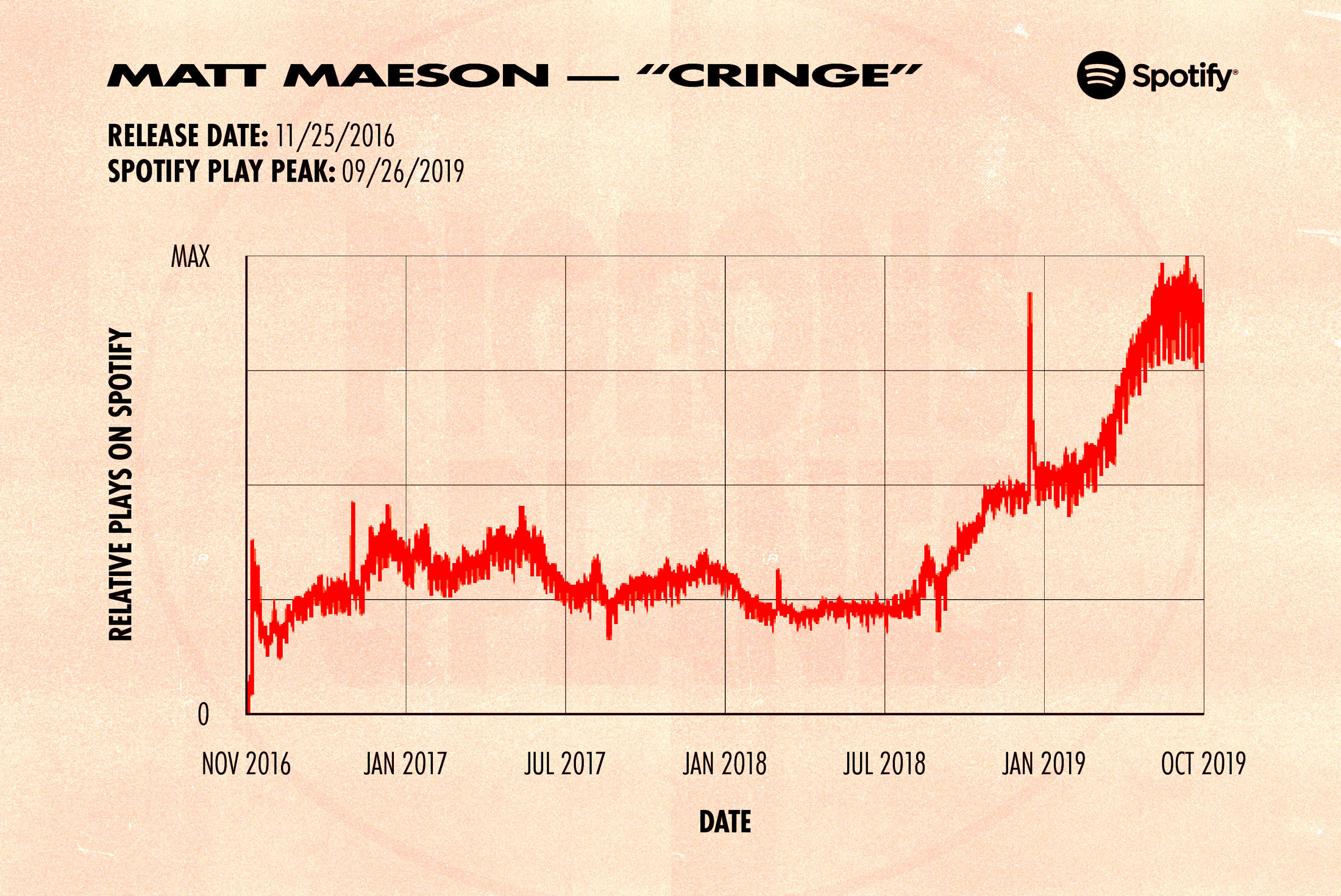
Lizzo - "Truth Hurts"
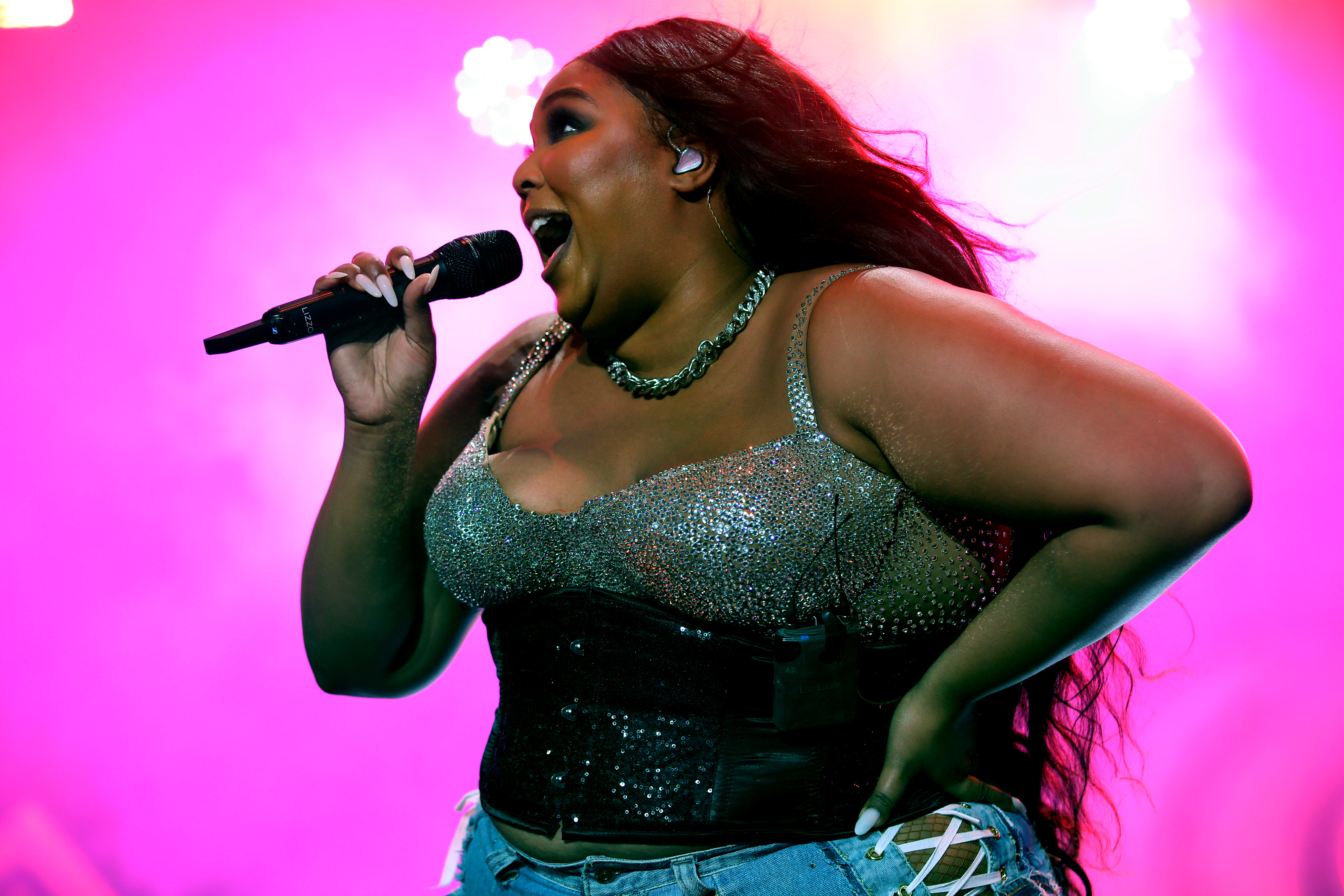
While Lizzo’s “Juice” seemed like a surefire ubiquitous hit when it started climbing the charts and appearing in vodka commercials, it was actually the sleeping giant “Truth Hurts” that became her calling card anthem.
Originally released as a standalone single, the song’s rise was aided significantly by its appearance in the Netflix rom-com Someone Great. The film doesn’t just use the song for ambience, it is diegetic, enthusiastically rapped by the lead actor and her friend. Starting on April 20, the day the movie was released, “Truth Hurts” saw a massive spike in Spotify streams that sustained as it began to climb the charts.
"My favorite filmmaking always involves music is creative and dynamic ways," says Jennifer Kaytin Robinson, writer and director of Someone Great. "I wanted to use music in Someone Great not just as a tool for storytelling, but almost like it was a character itself. It was always my intention to make this scene something that could feel iconic, much like the "Tiny Dancer" moment in Almost Famous, but you never know how something is going to be received. What Lizzo represents and the space that she is currently occupying in music—she is so original, so fearless. She's making women feel like they too can stand up and claim space that they deserve. Her music is empowering and so much fun—and to me, that was everything I wanted Someone Great to be. I feel extremely lucky to be a part of the story of this song. It was always a hit, we just provided it that first round of exposure that caught fire."
Robinson adds, "As someone who came from writing about music and wanting to share my discoveries I always approached sync as a way to continue that on a larger scale. [Editor's Note: Robinson wrote for Pigeons & Planes for years in the 2010s.] When I created the soundtrack for Someone Great, I wanted it to feel like Jenny's music blog—a mixture of cool new songs and nostalgic classics."
The singer and rapper has been a playlist darling for much of the year, appearing on Spotify’s Global Top 50, Mood Booster, and Today’s Top Hits, and even receiving her own This is Lizzo collection. Her versatile delivery on “Truth Hurts,” and its empowering message made it the kind of song that received support in more progressive music circles at first, before platforms like daytime television and award shows that typically don’t do much to push rap jumped on board.
Like seemingly every 2019 hip-hop hit, the song was buoyed by a remix from DaBaby just before it vaulted to No. 1 on the Hot 100 on September 4. That new version helped give it a distinctly contemporary flare, but “Truth Hurts” had already peaked in its Spotify popularity before the remix was released.
It was well after the song’s commercial peak, but the controversies around “Truth Hurts” have also helped it stay relevant. The song was at the center of a prolonged and perplexing debate over songwriting credits, including a lawsuit brought by Lizzo against musicians claiming to have been involved in the track’s creation.
Most artists never replicate the success of an unexpected after-the-fact hit, but Lizzo seems to be the exception to the rule. In fact, her single “Good as Hell,” which was re-released with an Ariana Grande feature in October 2019, is even older than “Truth Hurts,” having originally come out in March 2016.
